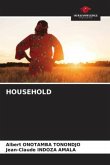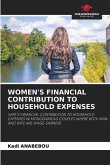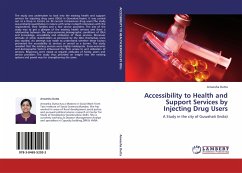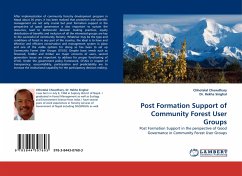Community forestry, as a grass root level participatory forestry with autonomous institutional arrangements, is considered as a programme heading for poverty reduction and local community development in Nepal. This study was carried out in Nepal to explore the role of community forestry to support the household income of different socio-economic classes of users, input and participation of different categories of users in community forestry activities and role of community forestry in social development. The absolute income from community forests is the largest to rich class households but share of household input is highest from poor class households. Income from community forests has more equalizing effect in the household income of poor class households. Awareness & capacity enhancement of users on forest management, institutional strengthening of executive committee and participation of poor users in decision making process are considered necessary to address the rational benefit of community forestry to poor households.
Bitte wählen Sie Ihr Anliegen aus.
Rechnungen
Retourenschein anfordern
Bestellstatus
Storno








